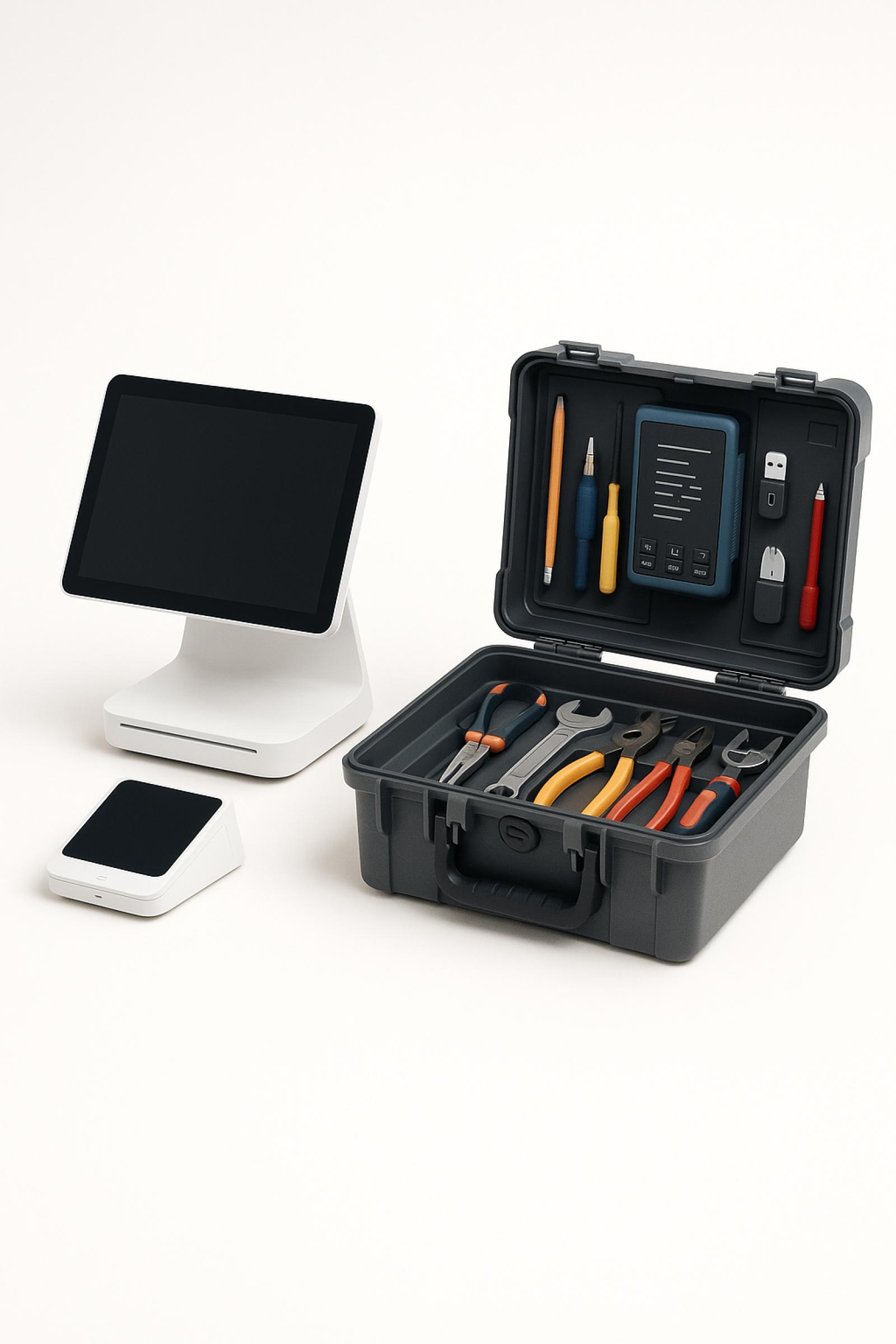Estimated read time: ~4–5 minutes
If you want to sell online, you’ll quickly hit this fork in the road:
“Should we use Shopify, or get something custom built?”
Both options can work brilliantly. Both can also be the wrong choice in the wrong context. Let’s keep this practical.
What Shopify gives you
Shopify is a hosted platform. You pay a monthly fee and, in return, you get:
- Hosting, security and updates handled for you
- A visual editor and themes
- Built-in cart, checkout and payment options
- An app ecosystem that adds extra features
The appeal is simple: you can get from zero to a working, professional-looking store fast, without needing to be technical. For many small to medium stores, that’s a huge win.
The trade-offs:
- You pay ongoing fees (and potentially extra transaction fees depending on how you take payment).
- You work within Shopify’s way of doing things. You can customise a lot, but not everything.
- If you eventually leave, you’re rebuilding elsewhere – you can take your data, not the platform.
What a custom build gives you
By “custom” here, we mean either:
- A self-hosted platform like WooCommerce, or
- A fully custom store built on a framework like Laravel.
You (or your developer) control the hosting, code and database. That means:
- You can make it do almost anything you can imagine.
- You’re not paying a platform tax on every sale.
- You can integrate deeply with your internal systems.
The trade-offs:
- Higher upfront cost and longer build time.
- You’re responsible for maintenance, updates, backups and security (often via a developer or agency).
- If the project is under-scoped or poorly built, fixing it later can be expensive.
Custom makes the most sense when your requirements are genuinely unusual, or you’re at a scale where platform fees and limitations are starting to hurt.
A simple way to choose
Ignore the tech for a moment and ask:
How fast do we need to launch?
- “We need to be selling in weeks, not months” → strong argument for Shopify.
- “We’re planning a larger, long-term platform” → custom becomes more attractive.
How standard are our needs?
- Straightforward catalogue, normal checkout, a few promo ideas → Shopify or WooCommerce will almost certainly do the job.
- Complex product logic, multi-vendor marketplaces, tightly coupled internal processes → you’ll hit the edges of Shopify faster.
How comfortable are we “owning the plumbing”?
- If nobody on your team wants to think about hosting, updates and patching, a hosted platform is a relief.
- If you already have IT/dev capability and want full control, custom is less intimidating.
You can also treat Shopify as phase one:
- Prove there’s demand.
- Learn what your customers actually want.
- Then, if/when you outgrow it, plan a custom build with real data instead of guesses.
The hybrid reality
In practice, lots of businesses run a mix:
- Shopify for the storefront
- Custom apps or Laravel back-ends for portals, internal tools or special workflows
- Integrations to CRMs, ERPs, accounting systems
You don’t have to put everything in one basket. The key is being honest about what stage you’re at and not over-engineering too early.
If Shopify gets you trading quickly and lets you refine your offer, that’s a win. If later you need something more tailored, that’s your next step – not a failure of the first decision.

